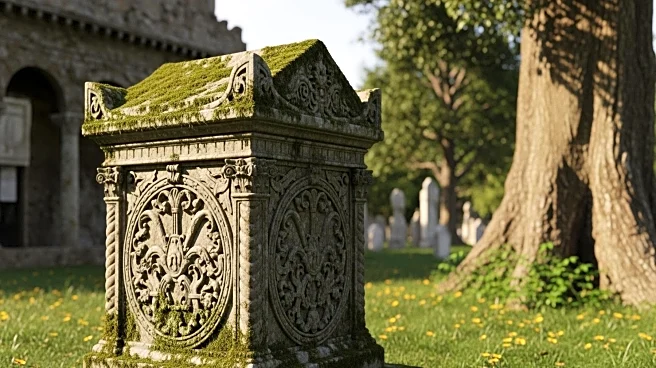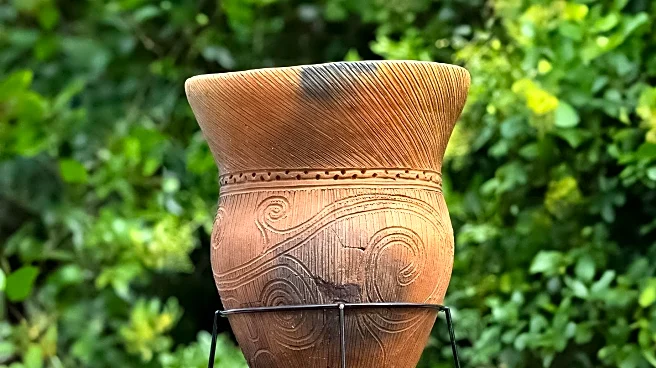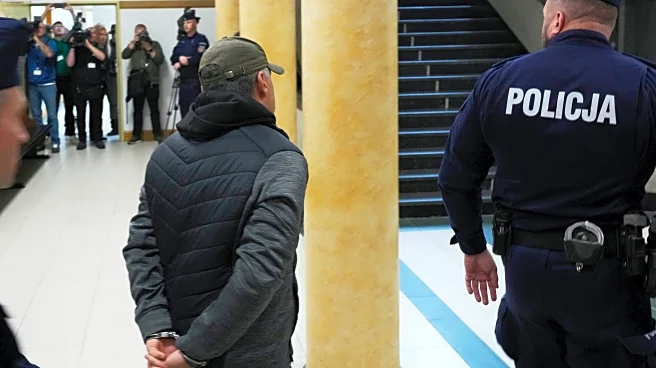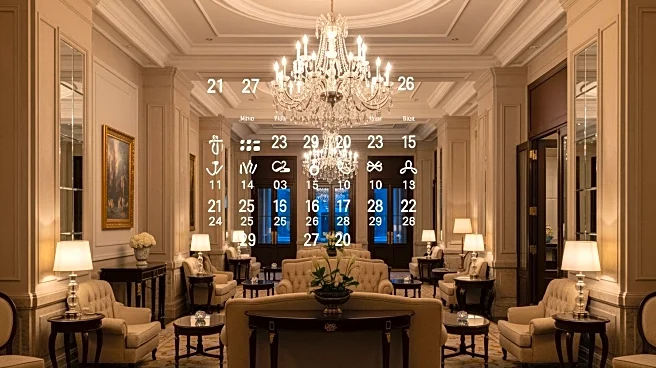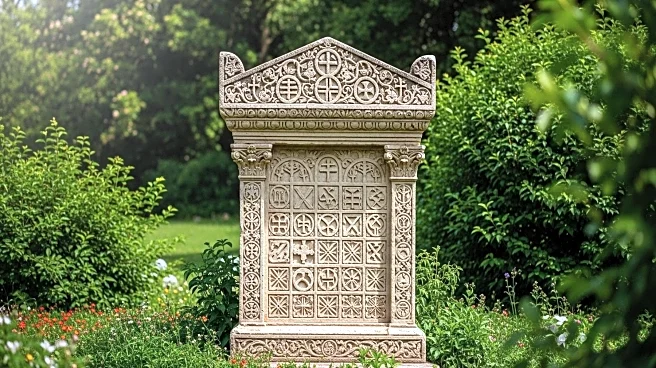What's Happening?
In March, Daniella Santoro and her husband discovered a Roman-era gravestone in their New Orleans backyard, initially mistaking it for a large rock. The gravestone belonged to Sextus Congenius Verus, a Roman soldier
who died 1,900 years ago. The artifact had been missing from the National Archaeological Museum of Civitavecchia in Italy since World War II. The museum was bombed during the war, leading to the loss of several artifacts, including this gravestone. Santoro, an anthropologist, consulted with local archaeologist D. Ryan Gray and Susann Lusnia, a professor of classical archaeology, to authenticate the stone. Lusnia confirmed its origin and discovered it was listed as missing from the Italian museum. The gravestone is now in the custody of the FBI's Art Crime division, which is working to return it to Italy.
Why It's Important?
The discovery of the Roman gravestone in New Orleans highlights the complex history of artifact displacement during wartime. The return of such artifacts is significant for cultural heritage preservation and international relations. For Italy, recovering the gravestone is a step towards restoring its historical collections disrupted by WWII. In the U.S., the find underscores the importance of archaeological vigilance and the role of institutions like the FBI in handling art crimes. The incident also raises awareness about the potential for historical artifacts to surface unexpectedly, prompting discussions on ethical stewardship and repatriation of cultural property.
What's Next?
The FBI's Art Crime division is handling the process of returning the gravestone to Italy. This involves navigating legal and logistical challenges associated with international artifact repatriation. The museum in Civitavecchia is preparing to reintegrate the gravestone into its collection, which may involve restoration work. The case may prompt further investigations into other missing artifacts from the museum, potentially leading to more recoveries. Additionally, the story could inspire similar efforts to identify and return other displaced cultural artifacts worldwide.
Beyond the Headlines
The discovery of the gravestone in a New Orleans backyard raises questions about the movement of cultural artifacts during and after conflicts. It highlights the ethical considerations in collecting and displaying historical items, especially those with contested provenance. The incident may lead to increased scrutiny of private collections and encourage more robust international cooperation in cultural heritage protection. It also serves as a reminder of the enduring impact of war on cultural heritage and the ongoing efforts required to address these historical injustices.
